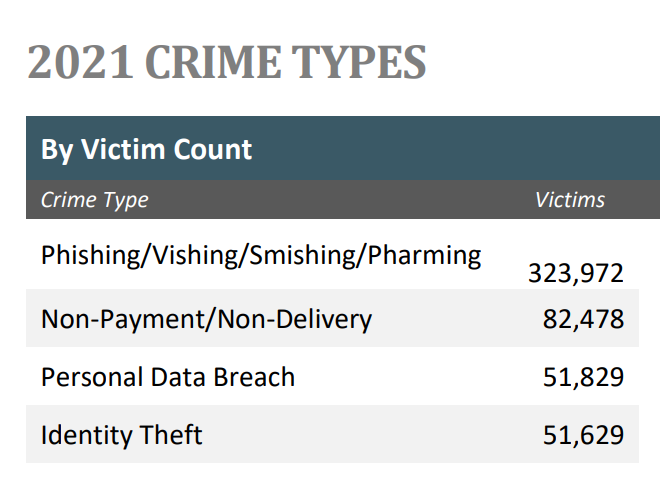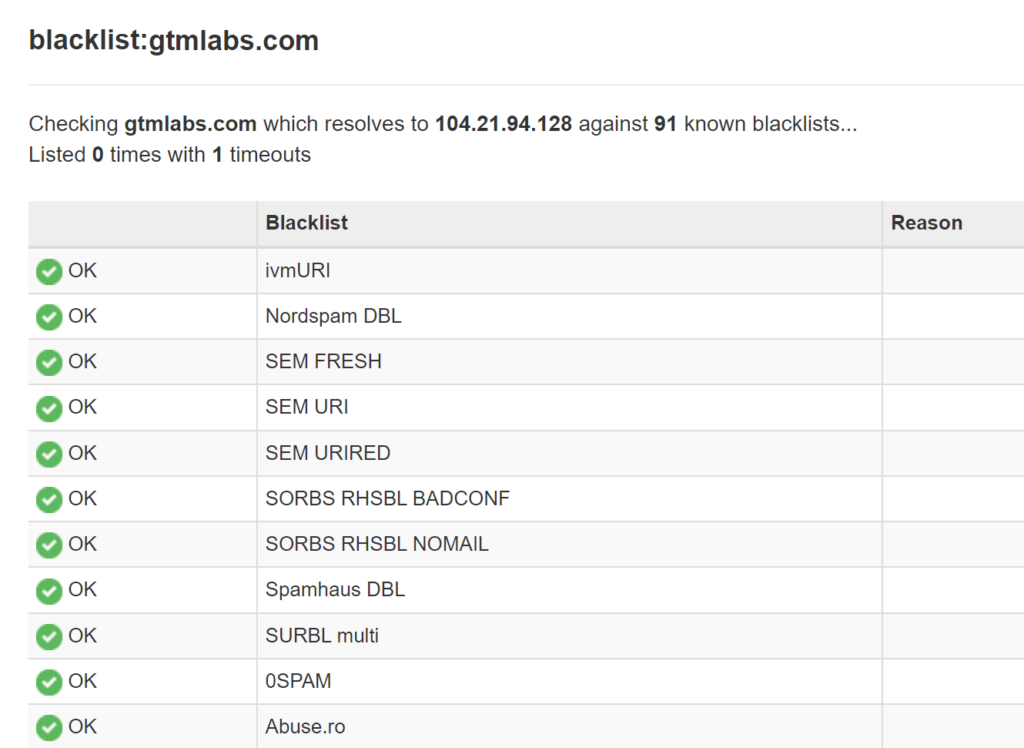Email is a ubiquitous application used by almost every internet user. It was developed as a means of communication between various parties. However, its use evolved. It is now used in marketing as a marketing channel, an alert mechanism by IT administrators, a notification mechanism by application developers etc. While the latter uses were more internal for personal use or within the organization, email as an outreach tool involves others outside the organization.
Email marketing is particularly attractive to marketers in the early days of the Internet. It costs next to nothing to use them. Marketers need not deploy any new application but leverage off existing assets the company already owns – the email system.
The idea of using emails as a marketing channel caught on and soon many marketers were blasting away to promote their company’s offerings. This behavior resulted in SPAM. It became irritating as messages were irrelevant. Also with repeated messages, it fast become annoying and was overwhelming inboxes. Eventually, this uncontrol, excessive behavior led to the birth of SPAM laws to control these spammers and their unwanted messages.
While spam laws have been around for a long time. It never resulted in many emails landing in junk or spam folders. Something else is at foot.
The rise of phishing
Now there is a newer threat in our inboxes – phishing emails. Phishing emails are more insidious and more malicious than spam emails. While spam emails were merely irritating, they didn’t cause much trouble beyond that. However, with phishing emails, it is a whole new ballgame.

Source : FBI Internet Cybercrime Report 2021
Phishing emails can cause companies and their associates (i.e. customers, stakeholders, etc.) some damaging problems. Problems like locking digital assets, stealing confidential data, taking over IT assets to launch further attacks on other organizations, etc. These are problems companies can live without.
To counter this issue, companies have set up mechanisms to deal with this new threat.
The rise of privacy regulations
One of the major drivers for companies to start taking action to protect the organization’s inboxes is regulations, specifically those relating to personal data. With regulations like GDPR, companies are liable to pay huge fines if there is a data breach of personal data.
As cybercriminals can easily enter an organization’s network via emails, incoming emails have to be protected against these perpetrators.
To meet regulatory expectations, companies have put in policies, processes and measures to protect themselves against these new regulations.
The rise of Artificial Intelligence (AI)
In the past, organizations relied on users’ inputs on whether an email was a spam email. It was a manual process, without much automation and checks.
These days not only do we have automation but built-in intelligence in spam filtering applications to detect spammy emails. With AI, the check goes deeper into the content. Hence, increasingly you might find your email not landing in the inbox if your content is not properly crafted. For example, if you are sending promotional emails to any Gmail accounts, they will not land in your inbox, but in other folders (please refer below).

The rise of service providers’ blacklists
Blacklists have existed with us for a long time now. They existed mostly in the domain of cybersecurity specialists to list out rouge IPs and domains. However, increasingly, the use of blacklists is expanding beyond the traditional use of keeping perpetrators out of the network.

Service providers, namely Internet service providers, email hosting providers, email marketing service providers, application service providers have a blacklist. The purpose of these blacklists is to weed out rouge users of their services. Why? Simple, they themselves need to be compliant to regulatory laws
To provide an affordable service, service providers use a shared-services model where its customers use an application mounted on a server. All it takes is one inconsiderate user to ruin the reputation of the IP of the server. All users on the server with the same IP will be affected. Hence, service providers are keen to identify these abusers and will not hesitate to have them removed if they fail to heed any warnings.
Let’s have a conversation if you would like to avoid your emails heading to the spam/junk folder or blacklist.





